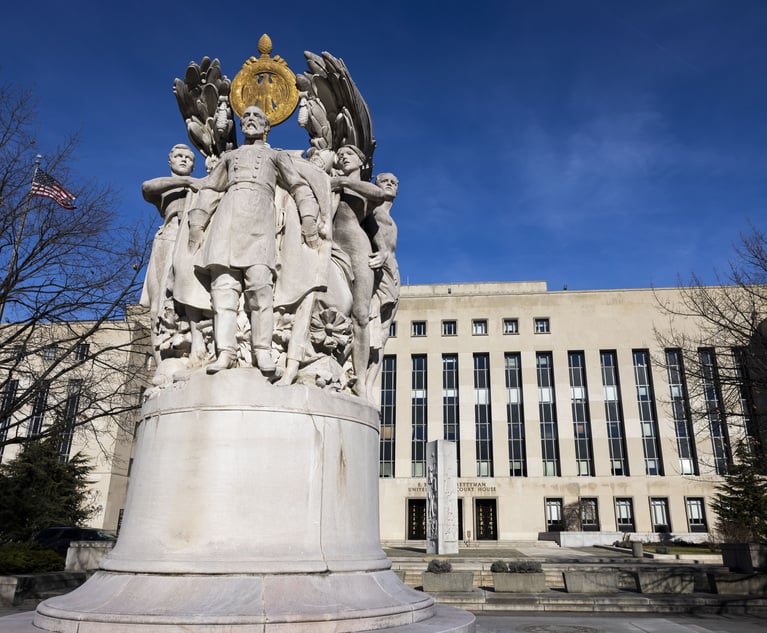Over a 24-hour period in mid-December, the National Labor Relations Board turned back the clock by issuing four momentous decisions that will impact workplace law for years to come. By casting away controversial rulings from the Obama-era board, the newly constituted NLRB returned to reasonable standards that had existed for decades. After having survived eight years of a decidedly pro-union labor board that routinely pumped out opinions hostile to employers, employers across the country can breathe a sigh of relief knowing that balance is being restored to the labor and employment law landscape.
Joint Employment Doctrine Sees Rewrite
In 2015, the board renounced a 30-year-old joint-employer test by eliminating the requirement that the employer actually exercise control over workers in order to be considered a joint employer. Further, the board rejected the requirement that such control must be direct, immediate, and not limited and routine, holding instead that indirect control—such as control through an intermediary—would be sufficient to find joint employment. This controversial decision did seem to comport with reality and brought about a great deal of trouble in a modern business world replete with staffing arrangements, contingent workforces, franchise relationships and similar systems.


 Charles S. Caulkins, partner with the Fort Lauderdale office of Fisher & Phillips and a member of the firm’s management committee.
Charles S. Caulkins, partner with the Fort Lauderdale office of Fisher & Phillips and a member of the firm’s management committee.




